petra, jordan
The rose-red city half as old as time
The beauty of Petra is almost surreal, with its colors that have inspired verses and its incredible architecture still wreathed in mystery. Once the heart of the prosperous Nabatean Kingdom at the pivots of the main trade routes, Petra had been forgotten by most over the centuries, until a Swiss adventurer brought it back to the attention of the world in 1812. Now that Petra is an iconic site, visited by millions of tourists every year, one can only imagine what descending the Siq in complete loneliness and with no anticipation of what was going to appear must have felt. Anyhow, the dramatic vision of the immense facade of the Treasury revealing itself at the end of the Siq still manages to awe, paving the way to a whole series of breathtaking sceneries.
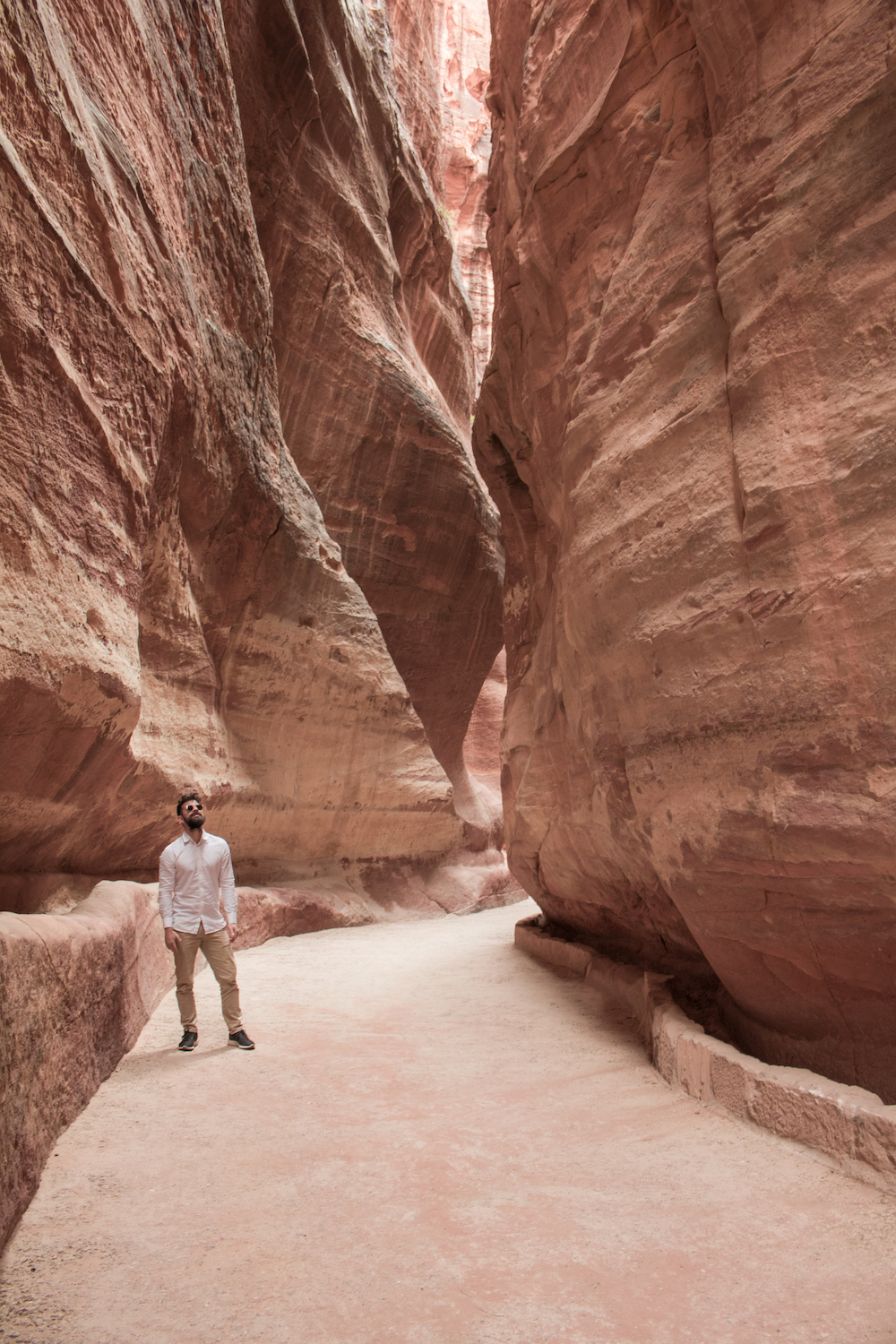
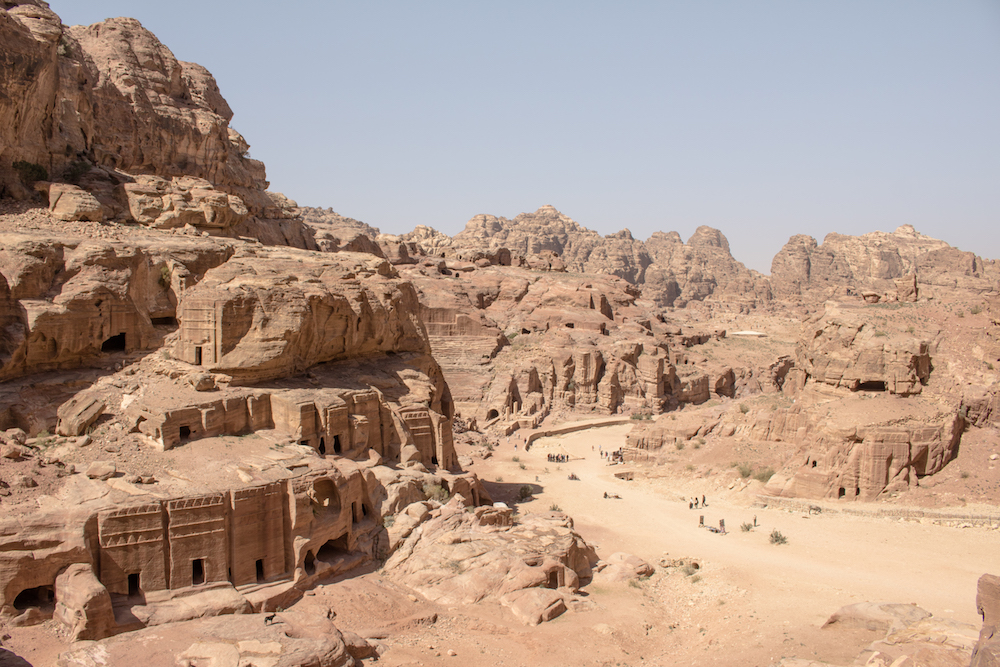
tips
When entering Petra you will be offered a horse ride to the entrance of the Siq, allegedly included in your ticket, just ignore it to avoid unpleasant situations at the end of the ride. It is a good idea to bring plenty of water and a lunch box from outside, as everything tends to be overpriced in Petra. It is even a better idea to bring suncream, even in winter. The best view of the Treasury requires a bit of rock scrambling: take a path on the right and reach a small jutting plateau right in front of the facade for the perfect picture. It is best to tackle the Monastery route in the afternoon when the way up is mostly shadowed while the facade is completely sunlit. Finally, even if you're tired, and you will be, don't miss Petra by Night.
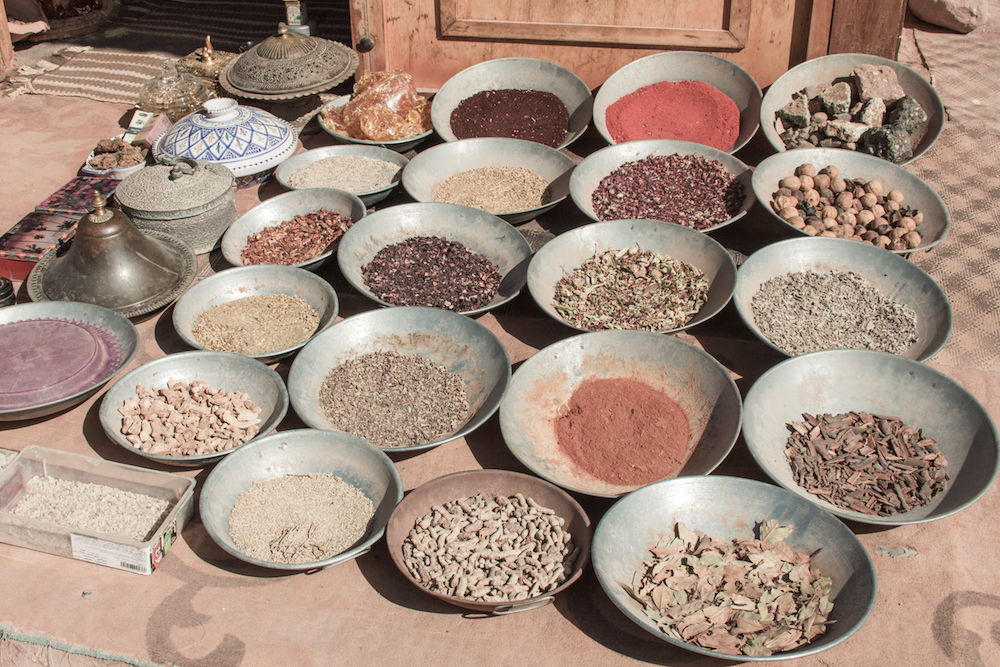
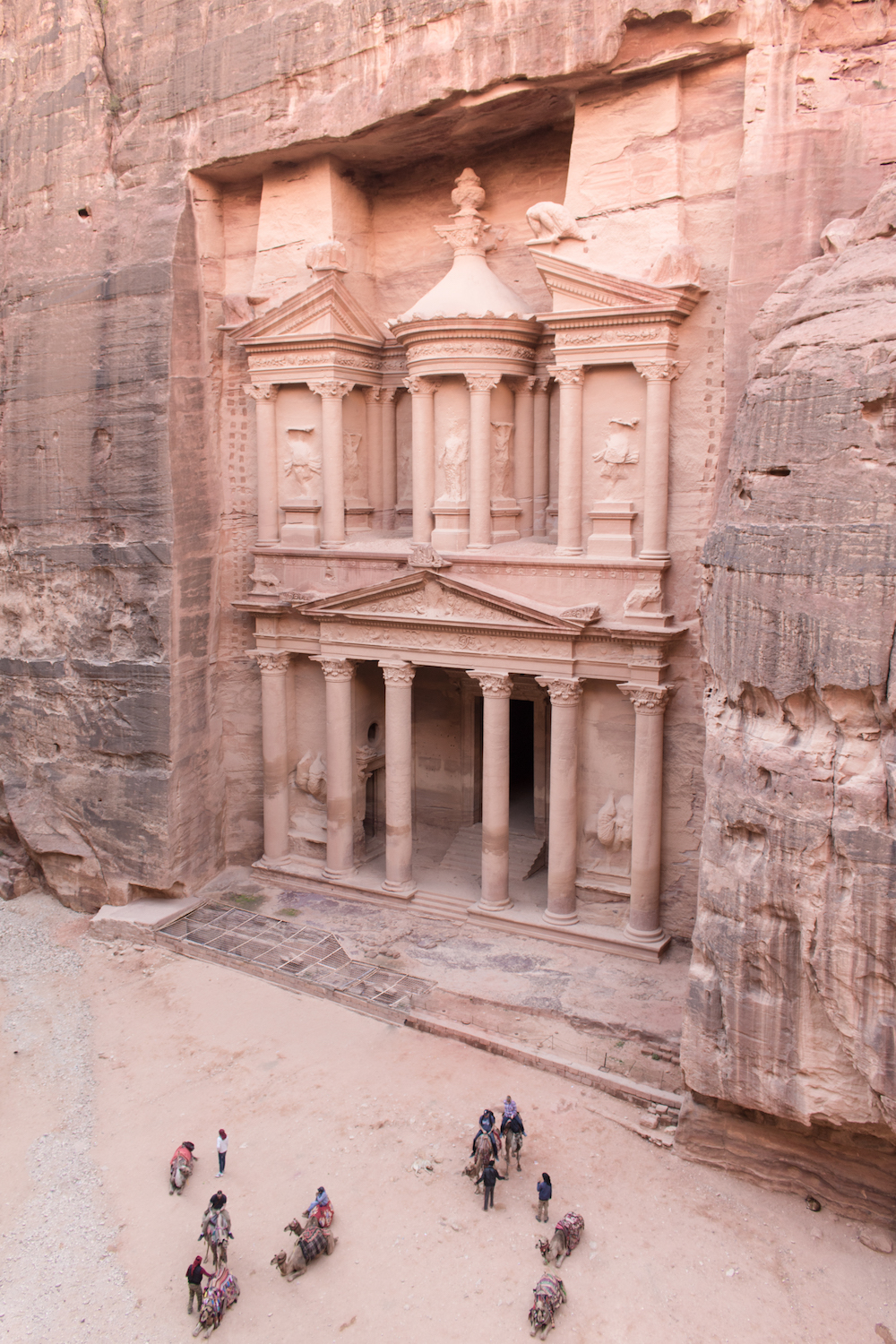
what to see
Petra is an extensive site that can be visited in an exhausting full day or admired more calmly in two. Regardless of the choice, here is what should not be missed. Take your time to descend through the Siq: the main entrance to the ancient city, a 1.2km-long gorge, indeed, is also Petra's most outstanding natural feature. Appreciate the countless carved details of the facade of the Treasury, the most elaborate temple of Petra believed to have been the mausoleum of the Nabatean King Aretas IV. Before descending further to the Street of Facades, take a thirty minutes detour to the right and climb up to the High Place of Sacrifice for an incredible view over the whole city. Once returned to the main path, admire the Theatre on the right and the Royal Tombs on the left, then follow the wadi till the end and start the eight hundred steps ascent to the Monastery. The effort will be rewarded by one of the most jaw-dropping views ever: carved from a mountain summit, the Monastery is Petra's largest monument, with a facade of almost 50m2. Sit at the café in front of it to take in the full vastness of the view while sipping an orange juice, and, once your drink is over, gather your energies as you will have to retrace your steps until the entrance of the Siq to leave Petra.
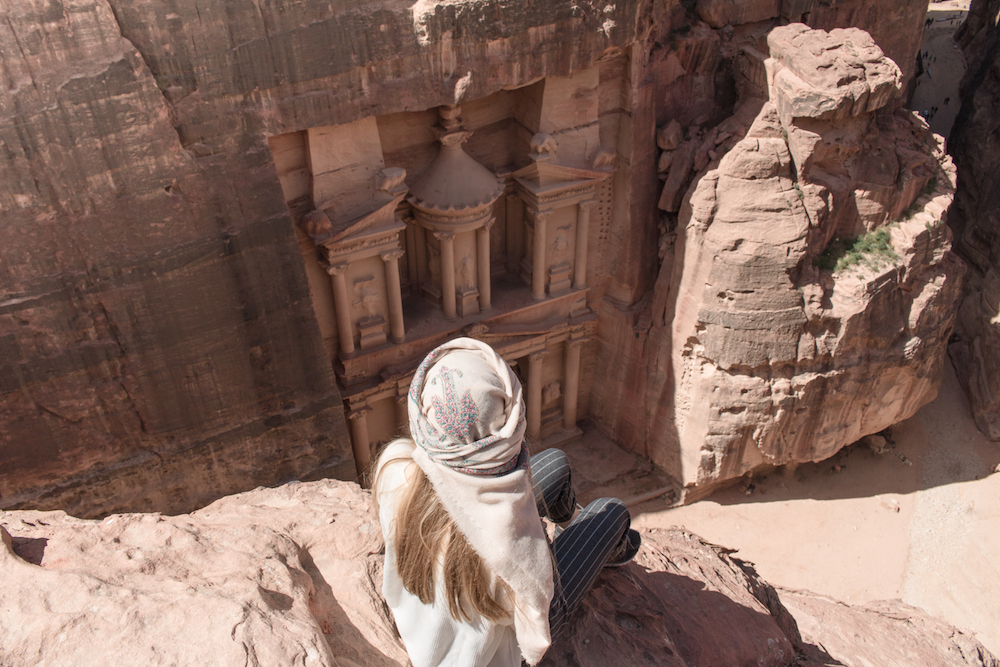
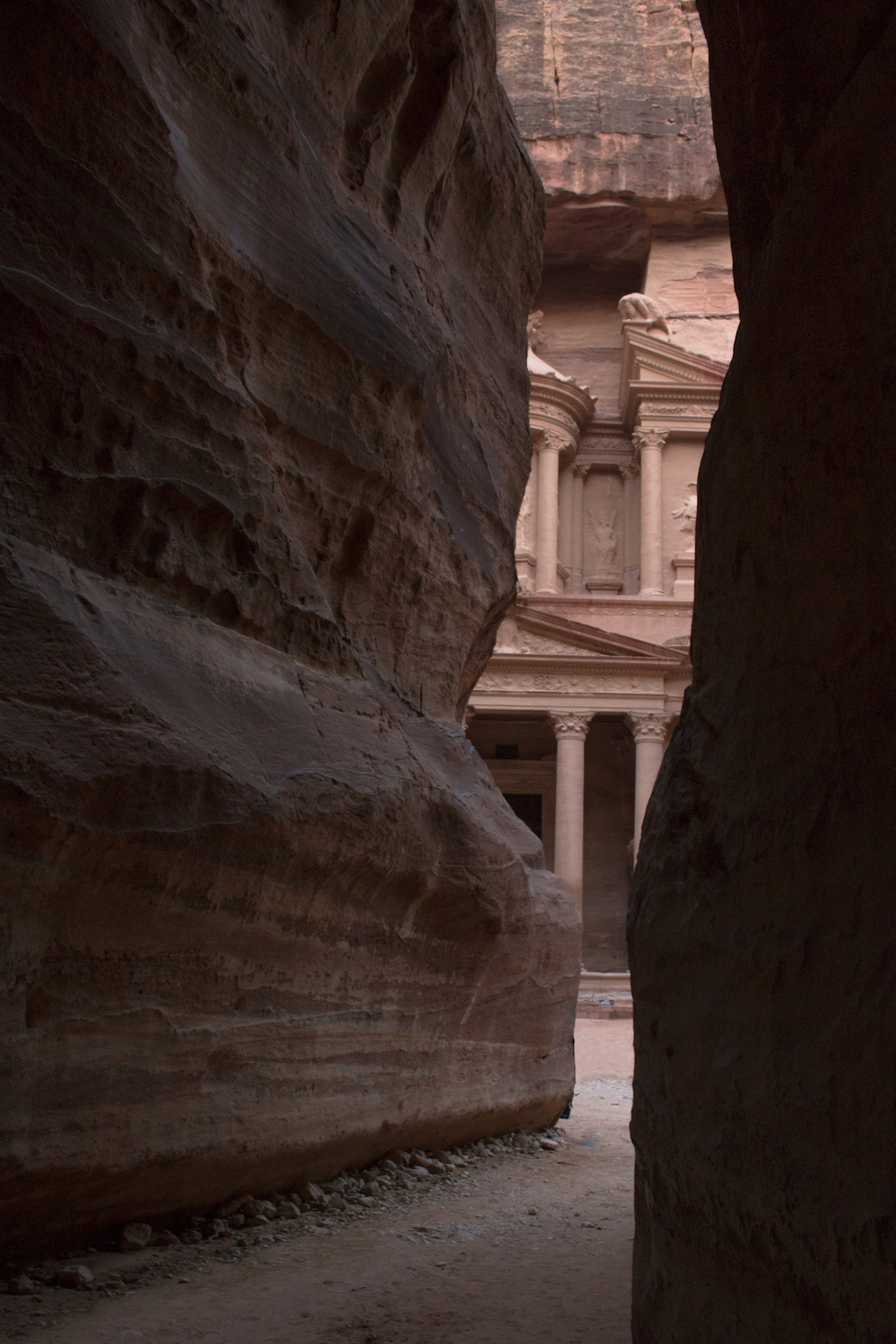
The beauty of Petra is almost surreal, with its colors that have inspired verses and its incredible architecture still wreathed in mystery. Once the heart of the prosperous Nabatean Kingdom at the pivots of the main trade routes, Petra had been forgotten by most over the centuries, until a Swiss adventurer brought it back to the attention of the world in 1812. Now that Petra is an iconic site, visited by millions of tourists every year, one can only imagine what descending the Siq in complete loneliness and with no anticipation of what was going to appear must have felt. Anyhow, the dramatic vision of the immense facade of the Treasury revealing itself at the end of the Siq still manages to awe, paving the way to a whole series of breathtaking sceneries.


what to see
Petra is an extensive site that can be visited in an exhausting full day or admired more calmly in two. Regardless of the choice, here is what should not be missed. Take your time to descend through the Siq: the main entrance to the ancient city, a 1.2km-long gorge, indeed, is also Petra's most outstanding natural feature. Appreciate the countless carved details of the facade of the Treasury, the most elaborate temple of Petra believed to have been the mausoleum of the Nabatean King Aretas IV. Before descending further to the Street of Facades, take a thirty minutes detour to the right and climb up to the High Place of Sacrifice for an incredible view over the whole city. Once returned to the main path, admire the Theatre on the right and the Royal Tombs on the left, then follow the wadi till the end and start the eight hundred steps ascent to the Monastery. The effort will be rewarded by one of the most jaw-dropping views ever: carved from a mountain summit, the Monastery is Petra's largest monument, with a facade of almost 50m2. Sit at the café in front of it to take in the full vastness of the view while sipping an orange juice, and, once your drink is over, gather your energies as you will have to retrace your steps until the entrance of the Siq to leave Petra.


tips
When entering Petra you will be offered a horse ride to the entrance of the Siq, allegedly included in your ticket, just ignore it to avoid unpleasant situations at the end of the ride. It is a good idea to bring plenty of water and a lunch box from outside, as everything tends to be overpriced in Petra. It is even a better idea to bring suncream, even in winter. The best view of the Treasury requires a bit of rock scrambling: take a path on the right and reach a small jutting plateau right in front of the facade for the perfect picture. It is best to tackle the Monastery route in the afternoon when the way up is mostly shadowed while the facade is completely sunlit. Finally, even if you're tired, and you will be, don't miss Petra by Night.

